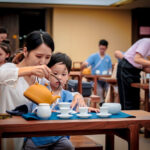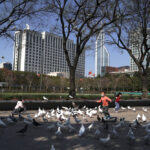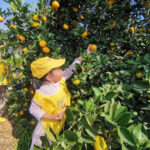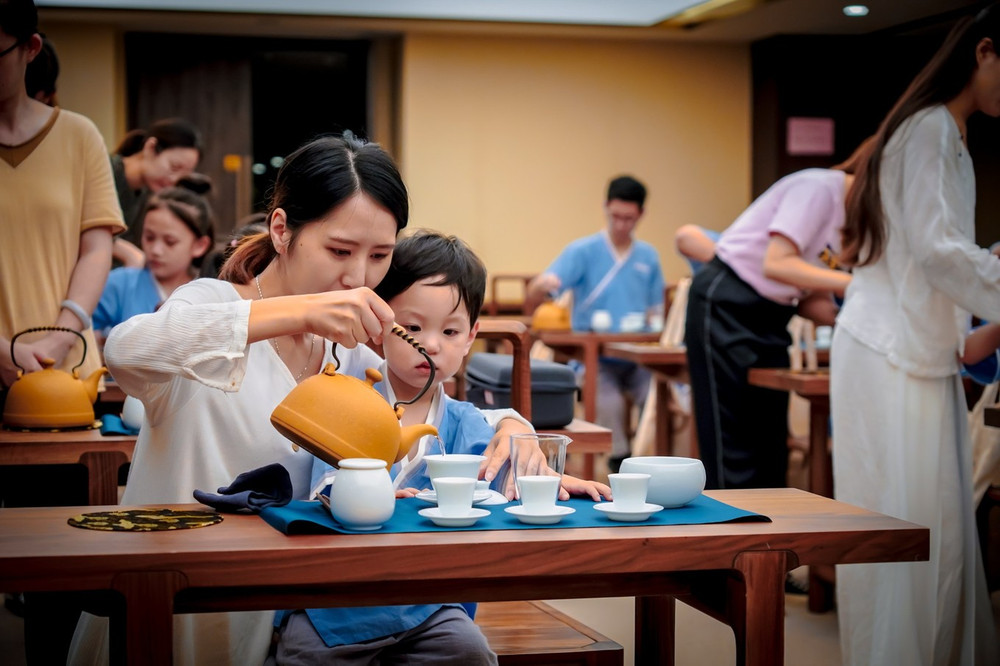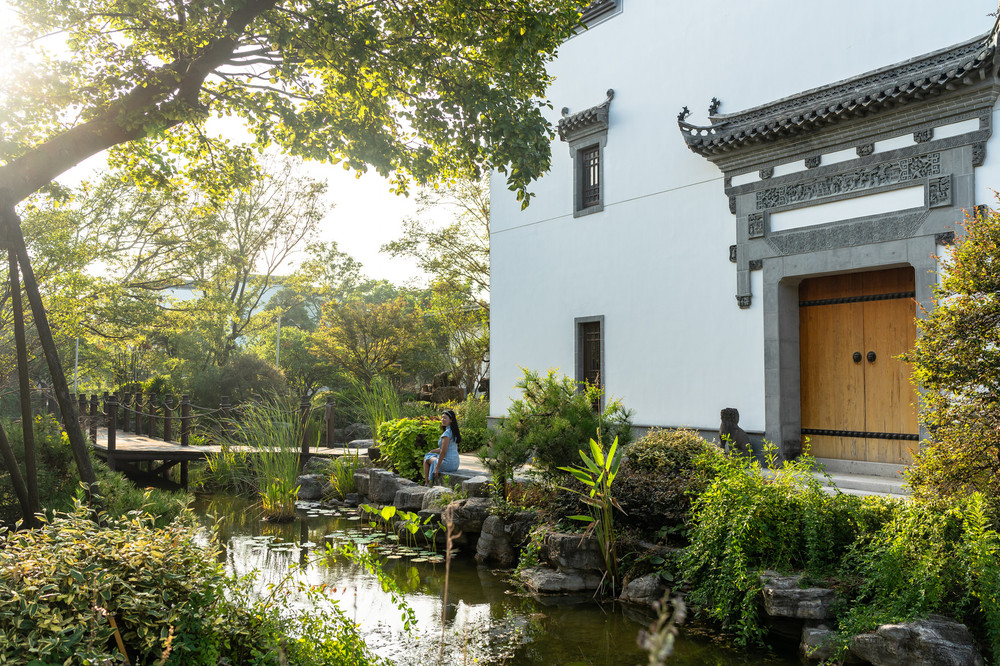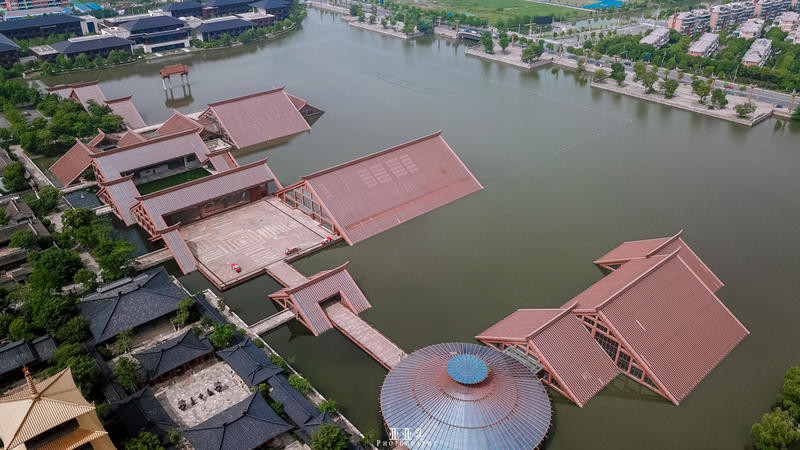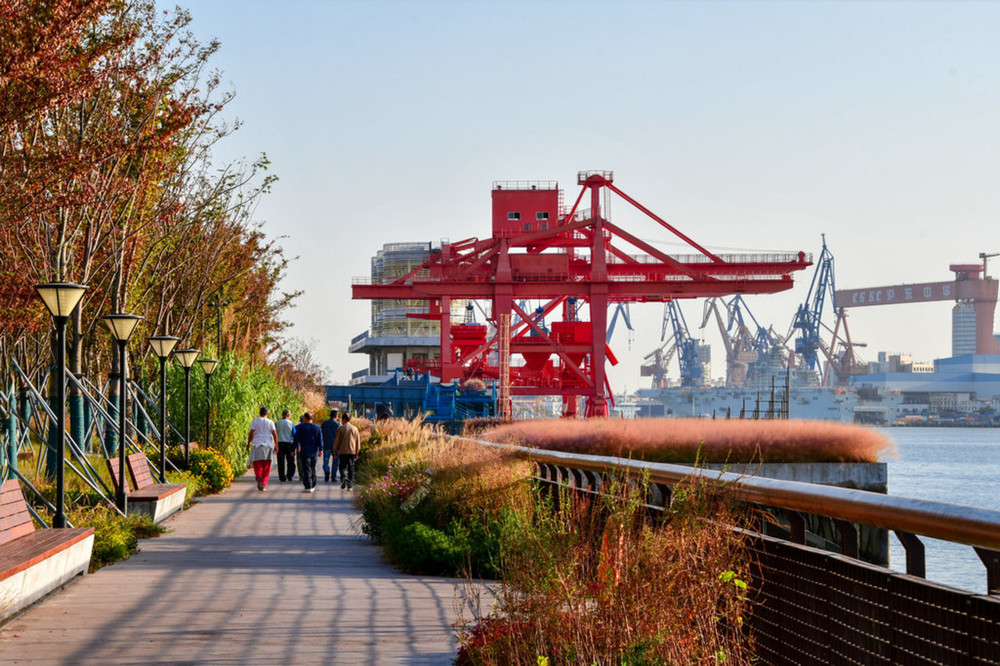Duration: 1 day. Time: January. With whom: Couple. Ways of playing: Self-driving, independent travel, hiking, budget travel, saving money, weekend tour. Posted on April 14, 2022, at 21:36. Tourist location: Shanghai People’s Park. People’s Park is an extremely common name. Many cities have People’s Parks, and basically, their geographical locations are not too remote. The geographical location of Shanghai People’s Park is in the most prosperous area in the city center. The main park gate is located on Nanjing West Road. It is adjacent to Nanjing West Road in the north, Shanghai Municipal People’s Government and People’s Square in the south, North Huangpi Road in the west, and Middle Tibet Road in the east. The park opened on October 1, 1952, and was named by Marshal Chen Yi, who was the mayor at that time. In 2000, a large-scale reconstruction was carried out. There are antique old buildings in the north. Across People’s Square in the south is the emerging skyline of the city. Many people think this is Shanghai’s ‘Central Park’. In terms of geographical location, this title is not exaggerated. Every time I go to the Shanghai Museum, I always take a stroll in the park when I come out. Sometimes I go for lunch or something. The surrounding area is still very lively. The park is divided into three scenic areas: the eastern, central, and western areas. But in fact, the park is not large. It doesn’t take too long to walk around, so there is no need to follow a map. Entering from the entrance, on the east side of the central avenue is the statue of Zhang Side.Facing east and with his back to the west, the statue stands 4 meters high, nestled among the woods. There are cedar groups on both sides, and behind them, crape myrtles and red maples add to the natural beauty of the surroundings.
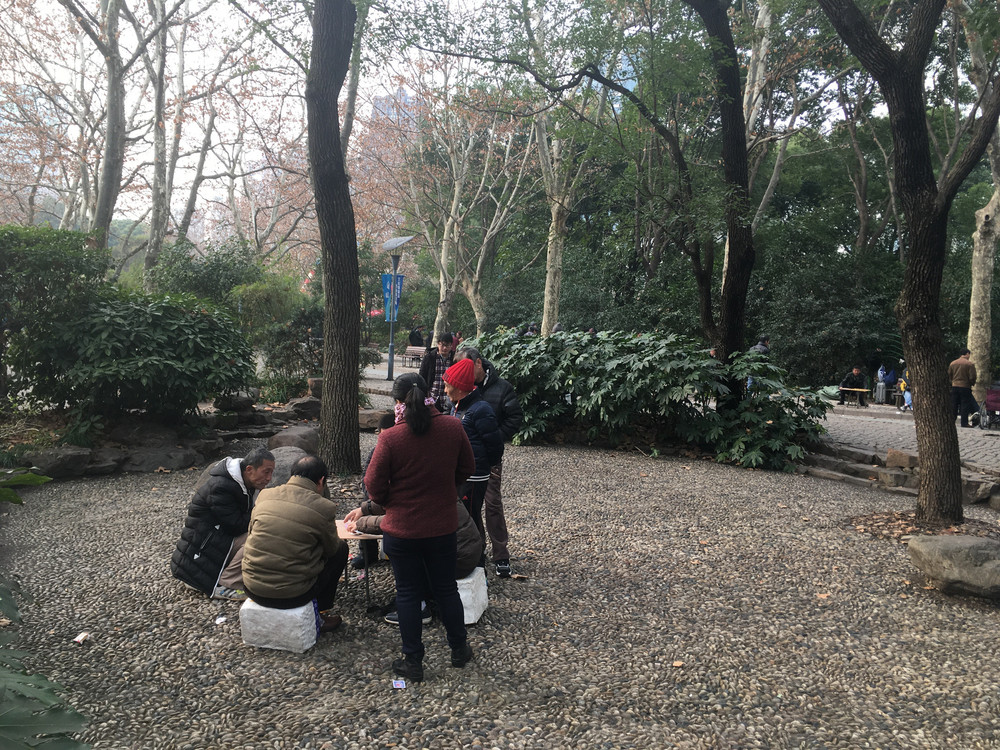
Zhang Side, born in 1915 into a poor tenant farmer’s family deep in the Daba Mountains, joined the Red Army in December 1933 and soon after, the Communist Youth League. In 1935, he marched with the Fourth Front Army of the Red Army, braving the uninhabited snow-capped mountains and grasslands on three occasions. In the Maozhou area of western Sichuan, he performed a heroic feat by single-handedly capturing two enemy machine guns, earning him the affectionate nickname ‘Little Tiger’ among his fellow soldiers. This act became a cherished story for some time.
In 1937, Zhang Side joined the Communist Party of China. Early in 1944, he积极响应 the Party Central Committee’s call for a great production campaign, taking the initiative to go to Shixiagu, Ansai County, to run a production farm where he served as the deputy team leader. Tragically, on September 5, 1944, while digging a kiln with his comrade Xiaobai, a dangerous situation arose as several pieces of broken soil fell from the top of the kiln. Zhang Side, with his quick reflexes, pushed Xiaobai out of the cave just in time, saving his life. However, the thick kiln top collapsed and buried Zhang Side underneath. Despite the efforts of soldiers and common people who rushed to the scene from all directions, Zhang Side could not be rescued. He sacrificed his life at the young age of 29.Mao Zedong, at the memorial service for Zhang Side in Yan’an, delivered a eulogy titled ‘Serving the People.’ He highly praised Zhang Side, stating, “Comrade Zhang Side died for the interests of the people. His death is even heavier than Mount Tai.”
In the People’s Park, scattered stone carvings with seal script can be found along the side. However, most of these ancient characters are unfamiliar to us, and with some guesswork, only a few characters can be deciphered.
The park features two hills, Dongshan and Xishan, which are actually quite low mounds that don’t rise far above the horizon. Dongshan is located in the southeast, standing at 9.7 meters high and covering an area of 2300 square meters. At its peak, there is a double-eaved octagonal pavilion, with yellow stones piled nearby and a relatively short corridor at the foot of the hill.
Xishan is situated in the southwest of the park, reaching a height of 11.8 meters and occupying 3900 square meters. The northern rockery is made up of a stack of lake stones and yellow stones, which is also not very large in scale. At the summit, there is an octagonal pavilion with a glazed tile攒尖顶 and upturned eaves, featuring a classical style.
The Xishan Waterfall is considered the main attraction of the park. However, during the dry season in Shanghai during winter, the waterfall is not well-formed, and only a rough idea can be seen. Below the waterfall is a pond, which does not appear to be deep and is quite small, but the water quality is still clear, likely due to running water.
The Antarctic Stone is located in the middle of the park, to the east of the Fengguang Building, collected by China’s first Antarctic expedition team on February 21, 1982, on George Island in Antarctica.The stone is dark brown, 1.7 meters high, and oval-shaped, with the words ‘Antarctic Stone’ inscribed on it, written by Song Richang.
The lotus pond consists of two connected ponds. There is a metasequoia forest to the east of the pond, whose leaves turn reddish-brown in winter. There are stone tables and benches by the pond, which are surprisingly full of elderly people. On the other side of the pond, there is a waterside pavilion, which is not very large in scale and features a more simplistic architectural style.
The main artery of the park houses the Shanghai Contemporary Art Museum, but there are no exhibitions today. At the entrance, Catholics are distributing pamphlets to tourists.
Although the park is not very large, there are some recreational facilities, but not many people are playing. The area with the most activity is still around the lotus pond.
The weather is still a bit cool, but fortunately, there is sunshine today.
Photographed on January 6th.
